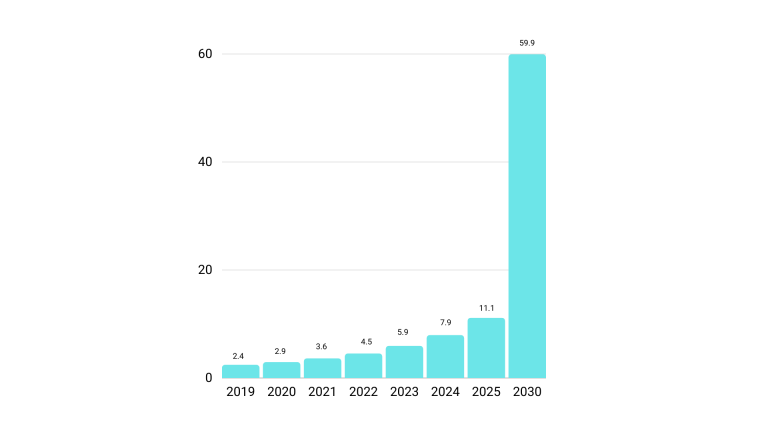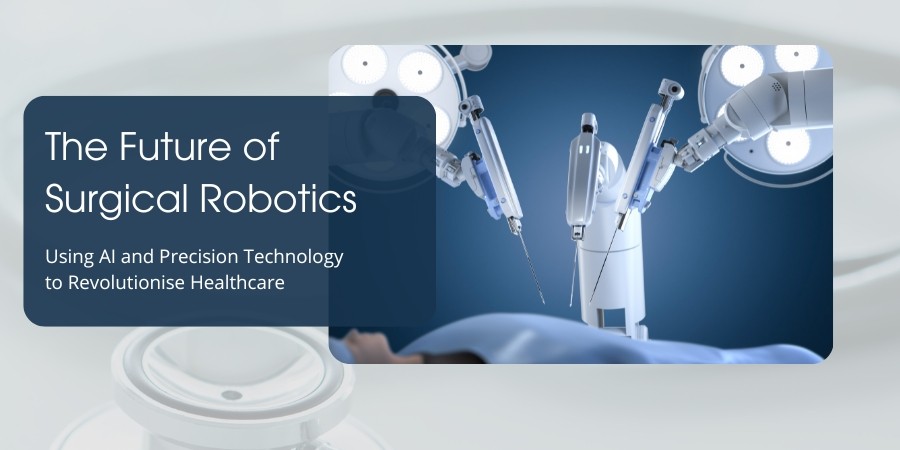Market Overview
In 2030, the Nordics will be the most sustainable and integrated health region globally, providing the best possible personalised healthcare for all its citizens. – Vision of Nordics Innovation
The Nordic region has been one of the top scorers in the World Happiness Index for the last four years, while Finland scores the highest among all 149 countries globally. The ranking for Nordic countries did not change much during 2021. World Happiness Report, COVID-19 continues to rage on a little more than a year since it was declared a pandemic by the WHO.
Globally, healthcare delivery practices are emerging with the change in demographics and a shift towards preventive care; and Nordics is one of the leading regions to experience this change. Nordic countries are working to provide excellent care to their population and being recognised as leaders in adopting healthcare technologies.
Also, the current health crisis, i.e. COVID-19 pandemic, is fueling the need to adopt technologies across business processes in the healthcare industry. Telemedicine is one such technological advancement in healthcare across Nordics. Nordic countries adopt the latest technologies and business models to centre around integrated care, personalised medicine, value-based healthcare and population health management.
Telemedicine market size in the Nordics region is expected to grow by US$60 Billion by 2030, at a CAGR of 37% from 2021-2030.
Nordics Telemedicine Market (US$ Billion)

Prevention is better than cure.
Preventive health is intended to support a healthy, productive, resourceful, and equitable society with improved quality of life. By 2030, Nordic countries plan to allocate 5% of the GDP to treatment and 5% to prevention under the “5/5 Aspiration” initiative.
Data will play the most important role in the Nordic healthcare ecosystem to achieve this. Data can improve the healthcare system by providing personalised and preventive care approach. Data will transform the decision-making mechanism and provide an excellent opportunity for telemedicine in the Nordics.
Why Telemedicine and its Benefits
Telemedicine works as personalised technology-driven healthcare services and serves as a lifeline for thousands of people during the pandemic when avoiding physical contact as much as possible is not advisable. Also, it helps many people who live in rural areas and do not have access to proper medical facilities. Some recent trends suggest that remote patients and people who live in urban areas have begun benefiting from telemedicine as it provides convenience. Some of the benefits of telemedicine for both patients and doctors are:
- Higher patient engagement with remote monitoring
- Lower costs due to the elimination of transportation
- Time-saving
- On-demand real-time consultation and preventive care
- Significantly fewer chances of getting infections from other patients
- Improved access to care for patients those are having disabilities or older patients
- Expands reach patients who are geographically isolated and do not have on-site medical facilities
Factors Driving the Growth of Telemedicine in the Nordic Region
- Increasing uncertain demographic conditions: The population in Nordics is ageing, with more than 20% of the population over 65. Also, the life expectancy is now above 80 years in the Nordics. With such demographic conditions, real-time treatment and primary healthcare education help the nation reduce transmissible diseases such as COVID-19.
- Reduced taxpayers: Birth rates in the Nordic region are falling or becoming stagnant. It will have long-term repercussions for the tax-dependent redistribution systems favoured in the area. Also, the tax contribution from working people has been reduced in the last few years due to increasing retirements. This will result in many health factors, including long-term illness and a rising burden on current healthcare practices. So telemedicine can help to provide an alternative and advanced way to deliver healthcare services to such a large population in real-time.
- Entry of technology giants in Nordics:Most global technology giants, including Google, Apple, Amazon, Alibaba, Huawei, and Facebook, are already working towards improving lives by integrating technologies with people and bypassing common challenges faced by traditional healthcare systems. Using wearable technologies, people can now get health insights in real time. Also, their integration with smartphones makes connecting with doctors and hospital staff easier during any alarming situation. These technology giants are growing rapidly in the Nordic region, resulting in the advancement of healthcare practices.
- Advancements in Healthcare Technologies: Healthcare is one of the most advanced sectors in technology adoption. The healthcare sector generates massive amounts of data from EHR systems to connected devices and uses them to generate real-time insights. Increasing adoption of IoT-enabled smart medical devices, such as fitness trackers, blood pressure monitors, blood glucose monitors, pulse oximeters, etc., also plays a significant role in the growth of the telemedicine market.
Critical Applications of Telemedicine
- Remote Health Monitoring: Today, most people use at least one wearable, such as a smartwatch, fitness tracker, or connected medical device. These devices help doctors and hospitals regularly monitor patients’ health conditions, including heart rate, blood pressure, glucose level, etc., in real time, without needing physical presence.
- Monitoring Prescription Compliance: Telemedicine enables doctors and hospital management to check whether patients take the prescribed medicines regularly to ensure they comply with medication regimens. Telemedicine works as a reminder system to manage the medication schedule for patients.
- Remote Patient Assessment: Using telemedicine techniques, doctors can assess patients’ medical records, including medical images and other test results, remotely and forward them to other physicians or specialist doctors for their review whenever required. This way, it doesn’t require the physical presence of either the patient or the doctor. Also, patients do not have to wait for the appointment availability to show their medical reports.
Top Five Medical Specialties Well-Suited for Telemedicine
There is no doubt that telemedicine is helping everyone.
Paediatrics: Children are the most prone to infections and injuries, while nothing is more frightening for parents than not getting medical consultations on time. Also, there is a shortage of paediatricians globally, especially in rural areas. So, parents usually end up with overcrowded hospitals or limited access to medical specialists for their children. Telemedicine for paediatrics would help reduce waiting time and increase real-time access to healthcare services.
Psychiatrists / Mental Health: These days, mental health problems are widespread among adults due to stressful lifestyles. Additionally, the global lockdown due to the COVID-19 pandemic has resulted in an increasing number of patients with mental health issues. According to the latest WHO survey, the pandemic has disrupted critical mental health services in 93% of countries while the demand for mental health increases globally. So many countries have started deploying telemedicine and telehealth services to provide remote consultation to bridge the gap.
Dermatology: Dermatology is one of the areas where doctors can provide the required consultation only by visualisation. Telemedicine is the most suited for dermatologists to advise their patients using high-definition videos and photos of the affected body parts. Getting an appointment with a good dermatologist in an urban area is very challenging. However, telemedicine would help to reduce the waiting time and to get on-time medical advice.
Cardiology: Cardiologists have used remote heart monitoring technologies for the last few years. They are also expanding their prospects by including minor procedures. Also, cardiology is the most challenging health issue that needs to be addressed as quickly as possible to avoid further internal damage. Telemedicine helps in getting real-time results and advice using remote monitoring.
Radiology: Telemedicine is more critical in radiology whenever there is a need for sub-specialists such as a pediatric radiologist, neuroradiologist or MRI radiologist for critical medical conditions. Their availability is not always possible, and telemedicine would help connect with them remotely. In emergencies such as fatal accidents, hospitals and general physicians can connect with radiologists for remote monitoring and consultation.






